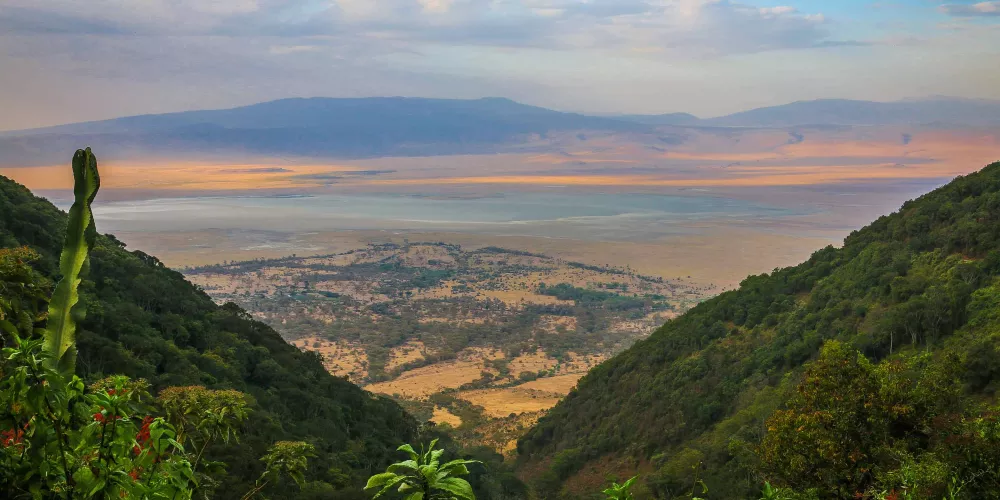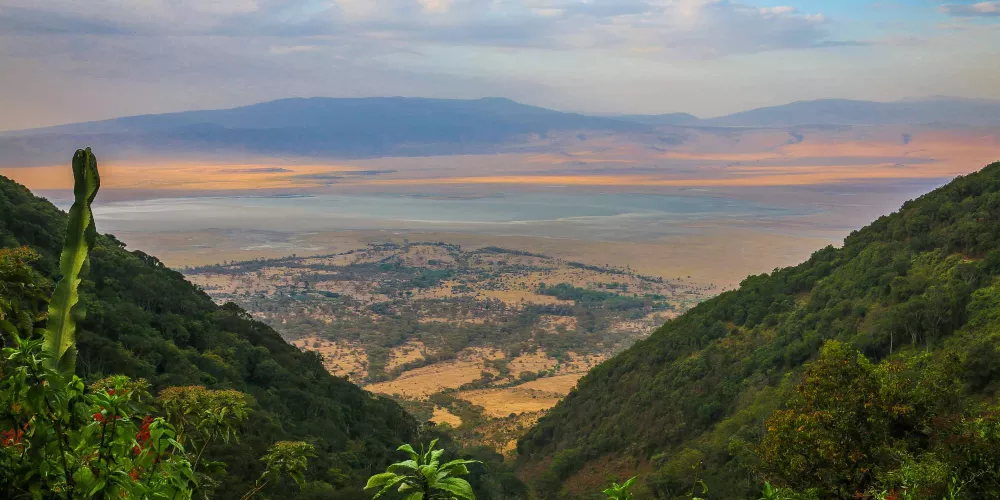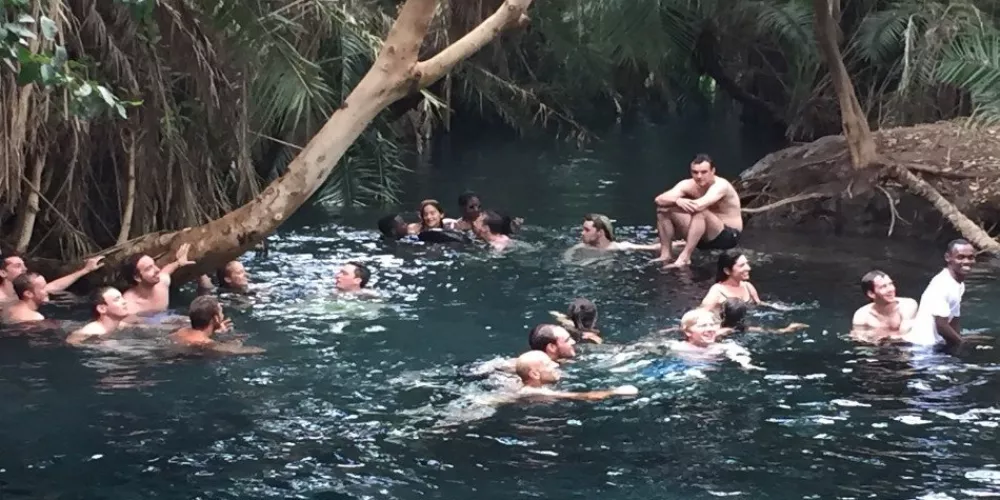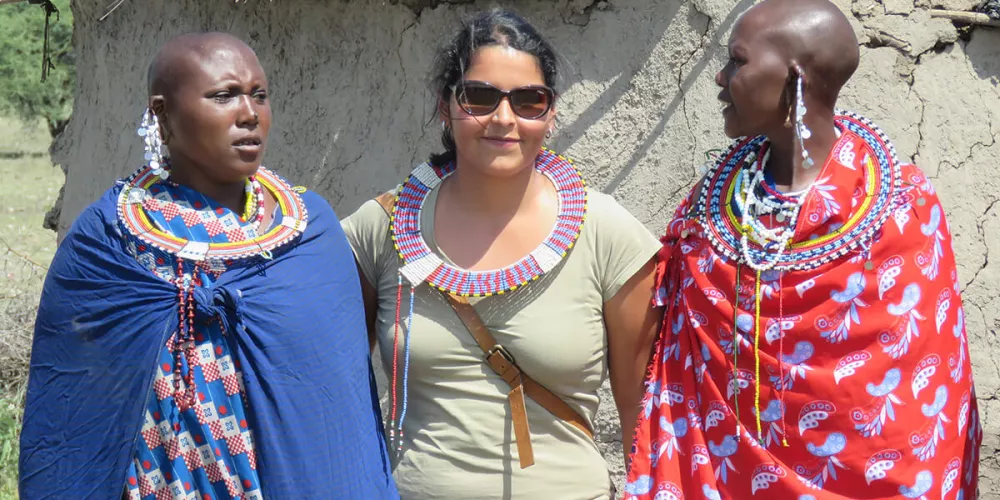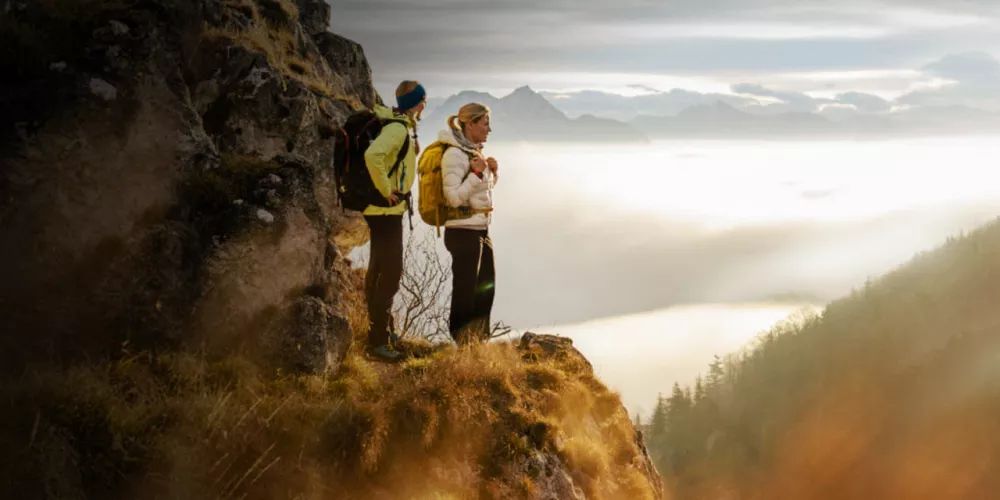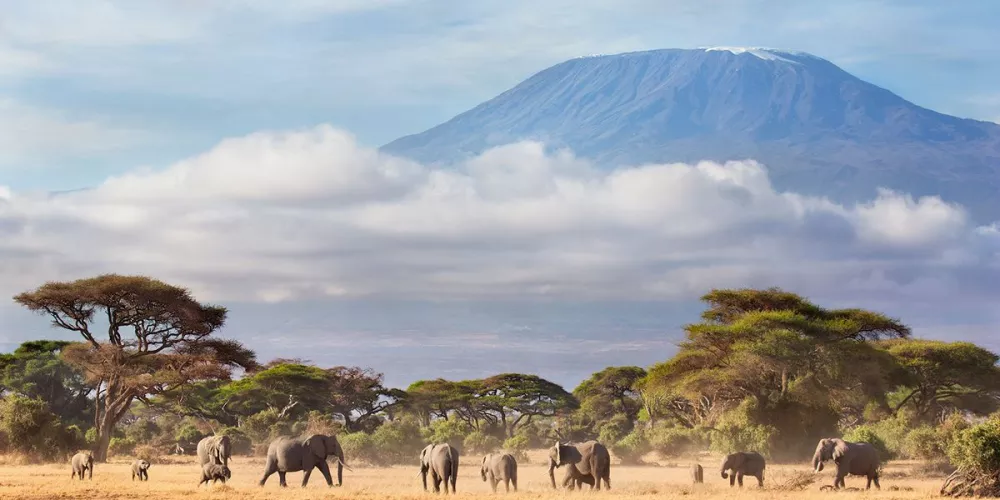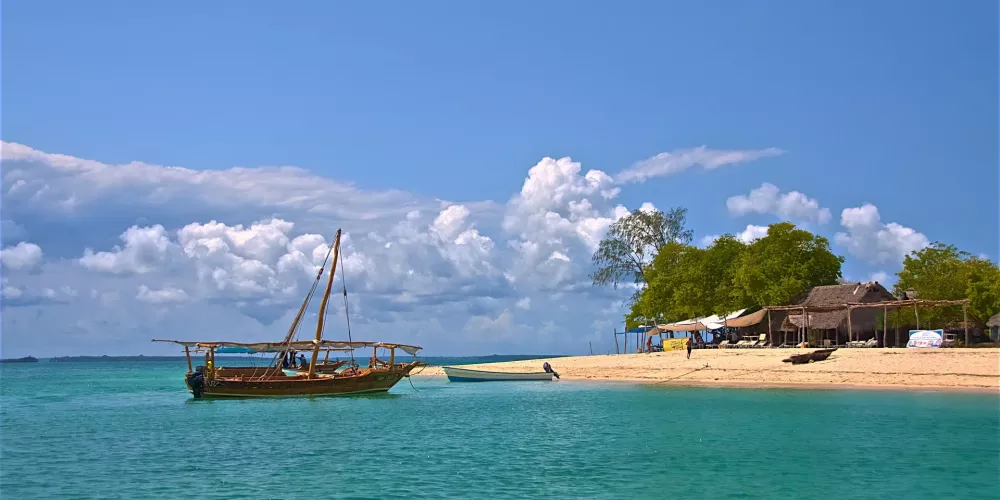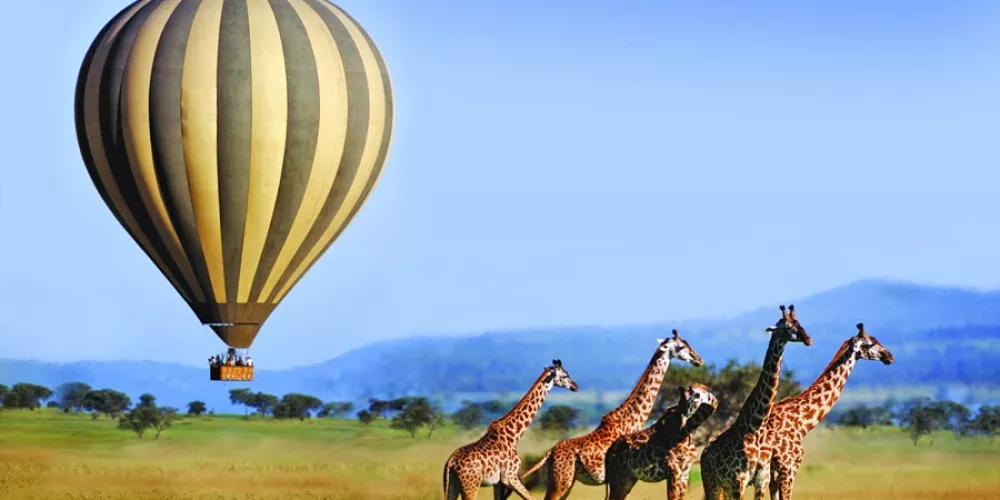
luck
Tour ExpertWhat to Pack for your African Safari
We’ve got some handy hints on what we think you should take on your trip to Africa, from the clothes to wear, to the necessities you might not have even thought of. Our main advice would be to not get hung up on what to pack. Just keep it simple. This isn’t where to bring out all your fashionable accessories; it’s the wilderness, and the elephants don’t really care what you’re wearing!
An Introduction to Safari Trips
A safari vacation is a trip with a difference. It’s a step away from the modern world and back to nature. The African plains are your home, the rugged landscapes sweeping far and wide with no towns or shops in reach. Instead, you’re surrounded by large acacia trees, watering holes, rustic wooden lodges or campsites, and an abundance of incredible wildlife to encounter.
With the trip of a lifetime at your fingertips, it’s easy to feel overwhelmed with what to pack – and with such a unique holiday, it’s hard to know what you’ll need. In fact, the luggage restrictions on Africa’s airlines and light aircraft mean that you won’t have much space for anything other than the necessities – with a limit of 15kg, you’ll need to be smart about what you’re packing for your safari holiday.
Which Bag Should you Choose?
Let’s start with your bag. Some fly-drive safaris include small domestic planes only accepting soft bags, so leave the wheeled hard case at home. Instead, bring a large duffle bag or rucksack – it’ll be easy to travel around with, as it can be packed down and transported between numerous parks and conservancies. In a safari vehicle, you don’t want to be crammed up because luggage is overflowing from the boot. Plus, as you’re hopping between destinations every few days, you’ll appreciate having luggage that is small and manageable.
Travel Light
You don’t actually need to bring as much as you might think, especially as most camps and lodges provide complimentary laundry facilities. And while the Kalahari and Samburu sound very foreign, they do have shops in Africa. You will find major international brands and shopping malls. So if you forgot something – especially a hat or comfortable sweater – it won’t be hard to find.
The Essentials
First the two essential items: Insect repellent and sun cream. This isn’t a place for tanning oils – we’d suggest factor 20 as an absolute minimum, with factor 30 as the standard. A hand-sized repellent is great to keep in your pocket or bag in case you forget to apply and the evening is closing in.
Which Clothes to Pack
Now the clothes. The premier consideration is practicality. It’s going to be hot in the savannah, so lightweight clothes that keep the sun off your arms are perfect. A wide-rimmed sunhat is really going to help. Evenings can be surprisingly chilly, so a good sweater and a windbreaker should definitely be in your bag. For women, a lightweight pashmina or scarf is perfect in day and night for covering up. Also, think about a sports bra, as the journeys can be very bumpy.
When the rains come, you won’t be outside; they’re usually storms that rage uncontrollably for an hour and then disappear. When it rains, everyone finds shelter, so don’t feel the need to pack the detailed waterproofs, it’s too gnarly to be out in the elements, whatever you’re wearing.
Most landscapes are very dusty, which is one reason why neutral—some might say dull – colors are preferable. Note that in East Africa, especially after the rainy season, you should avoid black and dark blue. Annoying tsetse flies are attracted to these colors, and they have a nasty bite, which adds to the compelling case for khakis and greens.
When you’re in a safari vehicle, the animals will only see the vehicle, not you and your clothes. However, when you’re out of the vehicle, especially on a walking safari, the animals will notice what you're wearing. Neutral colors blend into the surroundings, so animals aren’t threatened or alarmed; you’re not going to blend in with a bright red Christmas jumper.
On a game drive, you won’t be leaving the vehicle, so there’s no need for bulky walking boots unless you’re actually going on a long walking safari. Think casual and practical, so lightweight trainers or comfy shoes you can wear all day. A pair of sandals or flip-flops is nice when relaxing at the camp, and also on a game drive if there aren’t too many mosquitoes.
Which Toiletries Will You Need?
One of the many wonders of a safari trip is getting back to nature—leaving the modern world behind and instead living in a natural oasis of beautifully vast African landscapes. Shampoos and conditioners aren’t a necessity; your lodge will supply them, but we’d recommend bringing antiseptic gel, skin moisturizer, and lip balm.
Leave Most of the Creature Comforts at Home
Fluffy slippers, plastic toilet seats, the kitchen sink—leave it all at home. You’ll be staying in luxury camps and lodges, so expect to be comfortable. We love following the local style and wrapping up in the camps’ Masai blankets on a cold evening, or using boutique soap crafted by women from nearby villages. The only extra item we wouldn’t leave home without is a good torch; When there are wild animals around, you’ll want to see exactly where you’re going.
Bring some Entertainment for the Afternoon
With the exciting game drives usually taking place in the early morning and late afternoon, there’s ample time spent resting at the lodge, taking a dip in the pool, and dining on delicious local food. The wildlife around the lodge is entertainment in itself, but pack yourself a book, Kindle, or iPad so you can read in the sun, or catch up with a good story by the campfire.
Bring your Binoculars
Almost all camps and safari vehicles have a pair of binoculars (or many pairs), so don’t feel compelled to buy your own. However, one set may be shared between four or five people on a game drive, including the guide; if you already own a pair, you should definitely bring them. And now might be a time to invest in a pair of your own, especially if you’re going to be flying between destinations by light aircraft.
What About Electrical Goods?
Most, but certainly not all, camps and vehicles have electricity supplies. In many cases, you’ll be able to charge your camera on the go, but a spare battery certainly isn’t a bad thing. A charger and extra memory card are a must. The most important thing is that your camera equipment is protected from dust. A lightweight case is ideal, allowing you to put the camera away when on the move, then quickly pull it out for those epic photos.



